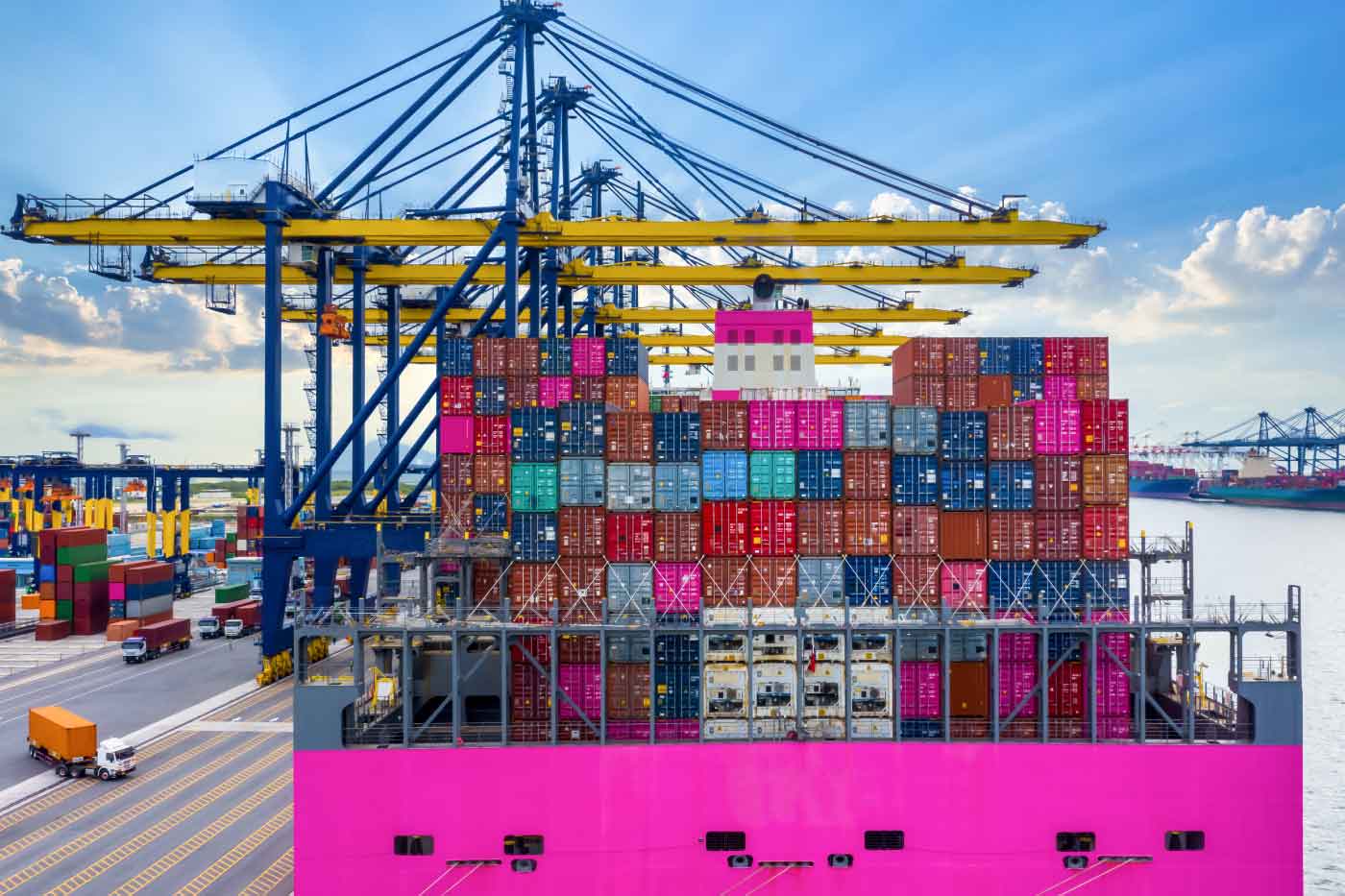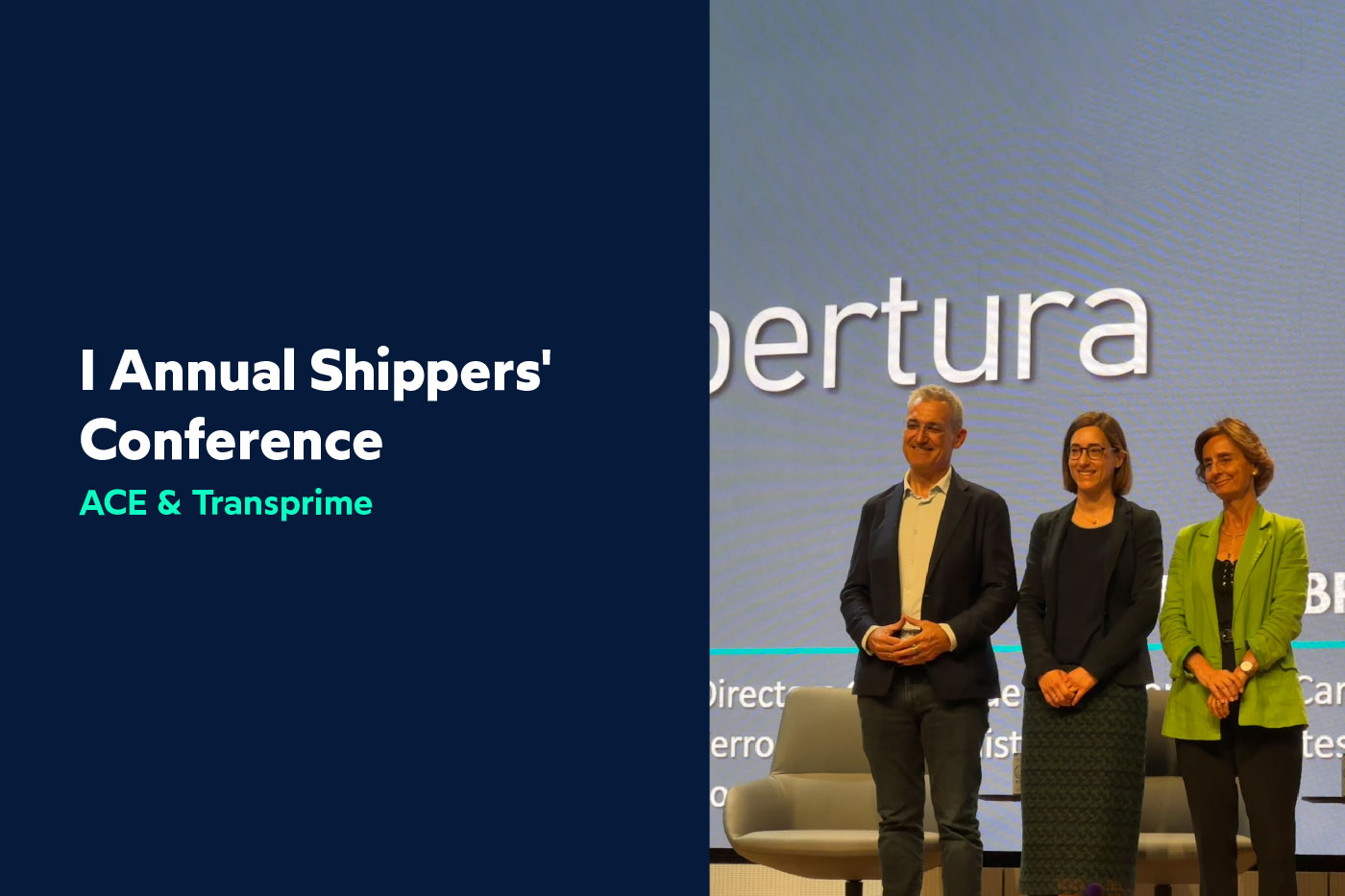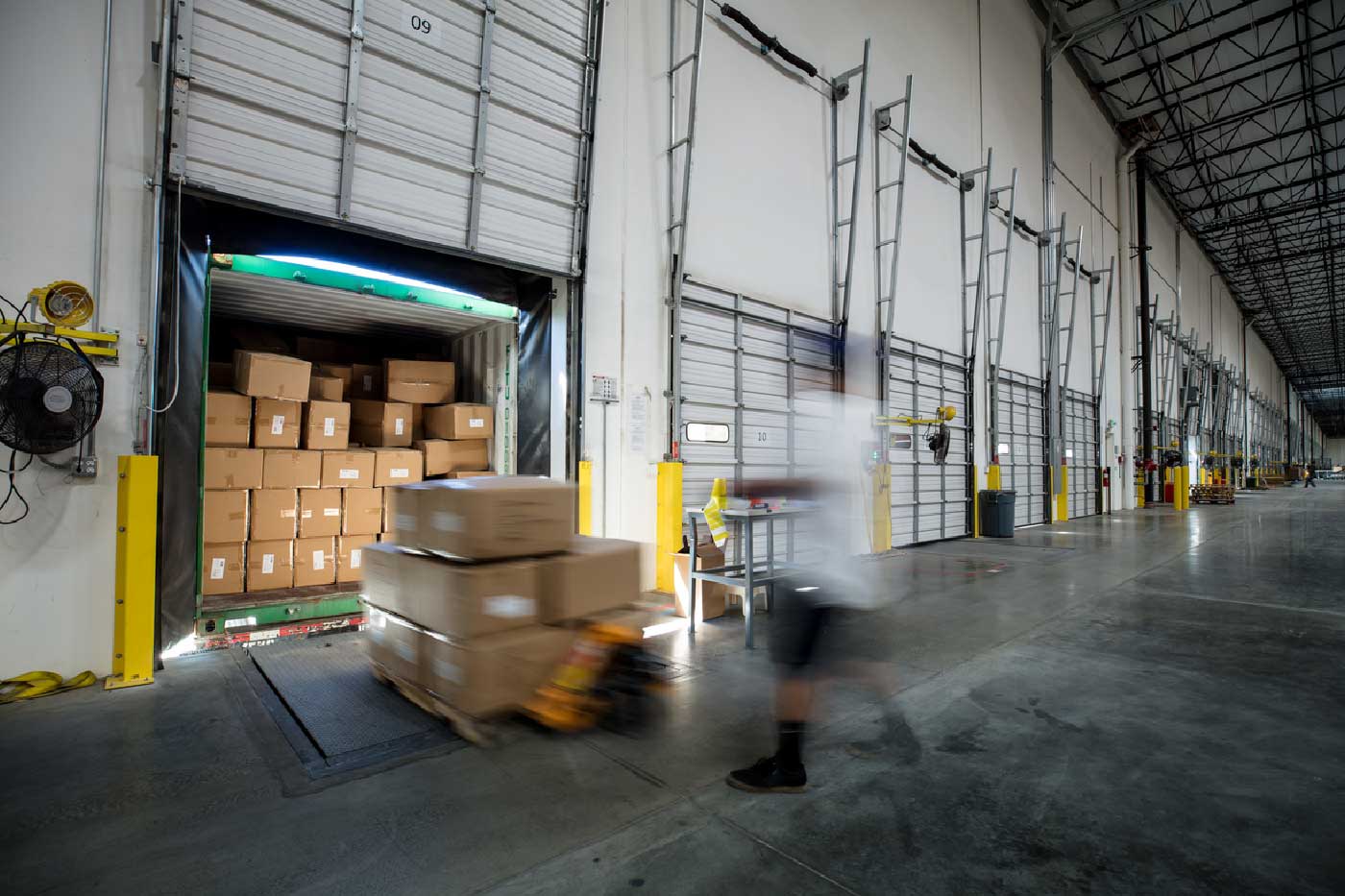Wartime returns to Europe and the Russian invasion of Ukraine becomes a new stress test for the supply chain.
This new crisis comes on top of those caused by the pandemic or the Brexit in a short span of just two years.
In this particular case, Russia has a leading role in the world energy markets as a major exporter of oil and gas. In particular, it is the third largest oil producer on a global scale and one of the main gas producers, with many European countries, including Germany, the locomotive of the European Union, accounting for a large part of the supplies.
At the same time, Ukraine is one of the world’s leading granaries, with significant production of wheat and corn, as well as sunflower oil.
In both cases, the war has had an impact on international markets for energy and basic foodstuffs, with effects that have been felt by end consumers throughout Europe from the very moment Russian troops entered Ukrainian territory.
In addition, the effects of the war in Eastern Europe also extend to other raw materials, mainly iron and steel products, of which Russia is a major producer, as well as certain minerals of particular importance to some industries, including the electronic components industry.
In summary, the effects of the Russian invasion of Ukraine on international supply chains comprise:
- Increased transportation costs.
- Disruptions in main international routes, especially air cargo and container shipping.
- More expensive energy prices, which will increase the costs of transport companies, mainly road and sea transport.
The impact of war on the international supply chain
The armed conflict and the imposition of harsh economic sanctions imply drastic changes in the economies of many Western countries, mainly European.
- The first of these is related to energy prices. Europe is an externally dependent continent from an energy supply point of view.
- The second of these has to do with the prices of some of the main foodstuffs.
- In parallel to the price increase, the Russian invasion of Ukraine causes shortages in those products that until now were supplied from one of these two countries.
In total, some estimates suggest that more than half a million companies around the world rely heavily on Ukrainian or Russian supplies, most of them based in the United States and Europe.
The war in Eastern Europe is now forcing them to change suppliers in order to maintain an economic activity already affected by the pandemic, something that will drive up costs and further fuel the inflationary spiral they have been experiencing since mid-2021.
Supply chain risk management
The pandemic already put the spotlight during the second half of 2020 and all of 2021 on the need for companies to have a risk management strategy in their supply chains.
This instrument provides protocols for action in the face of risks and threats foreseen in advance. In this way, an immediate response to any problem in the chain can be put in place.
Risk management extends not only to physical risks, but also to cyber risks, and has become an indispensable element for companies to keep their supply chains operational in times of uncertainty.
The relationship between visibility and risk management
However, risk management involves developing full chain visibility to detect any gaps in the chain.
In addition, visibility must be in real time, so that the reaction is immediate. This is intended to mitigate the negative effects of the pandemic risk.
Thus, complete and real-time visibility enables effective management of the three stages of risk management in supply chains
- risk identification
- understanding the impact of the risk on the chain
- mitigation of its effects
FIELDEAS Track and Trace has these two strategic elements for comprehensive risk management in the supply chain.
On the one hand, the tool generates end-to-end visibility into the supply chain, eliminating blind spots and integrating data from various sources to provide highly visual information that allows for immediate response.
In addition, FIELDEAS Track and Trace provides an analysis of what is happening in the supply chain at all times and in real time, so that supply chain managers have immediate information of what is happening and of any incidents, thereby corrective action can be taken as soon as possible.The aim is to restore normal operations as soon as possible.
Towards agile and resilient supply chains to cope with warfare
The development of visibility in the supply chain has led management to focus on agility and resilienceas fundamental values in logistics management in today’s highly uncertain environment.
In particular, visibility enables agile supply chains to be managed, with structures adapted to the specific needs of each operation and with a great capacity for reaction. unexpected changes in demand management, stock requirements, as well as changes in time to market.
This minimizes the impact of temporary market fluctuations and ensures that logistics operations remain fluid, thanks to flexible operations, a comprehensive approach to logistics needs and the ability to detect emerging trends.
Moreover, visibility also helps to strengthen the resilience of supply chains based on four principles:
- Conduct comprehensive planning.
- Leverage data to perform diagnostics and detect areas for improvement.
- Establish strategic reserves to provide transportation capacity and to store safety inventory.
In short, supply chains are adapting to wartime in order to face the changes that the war crisis is causing in the markets, strengthening some of the aspects that have been key to maintaining supply in the last two years, such as the agility to respond to new challenges and the resilience to develop structures capable of withstanding the impact of change until we find new ways to approach the transformation.













